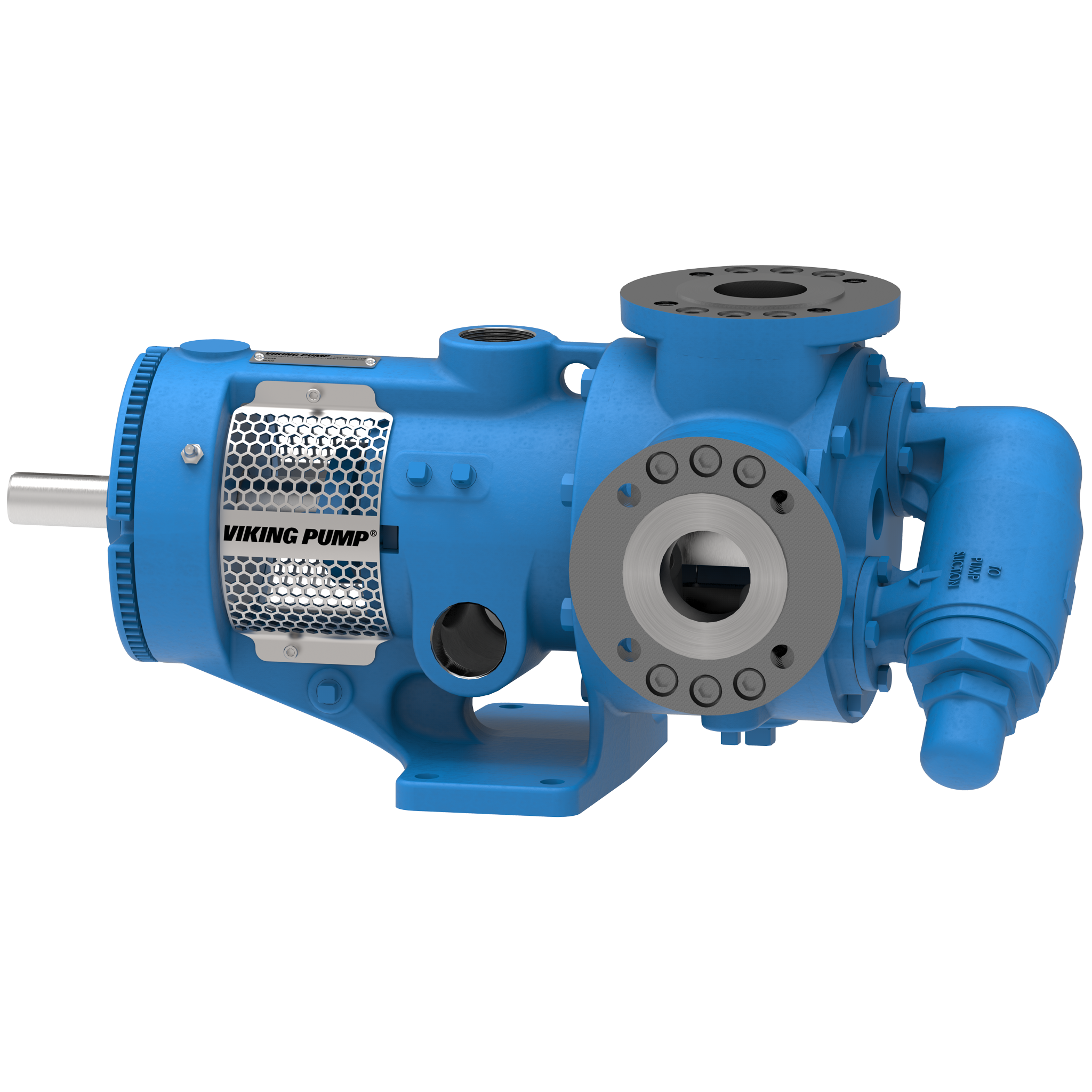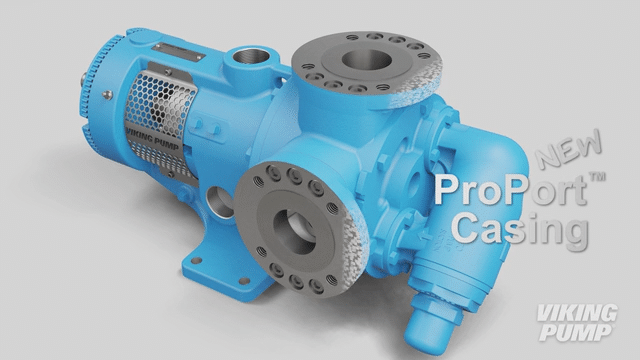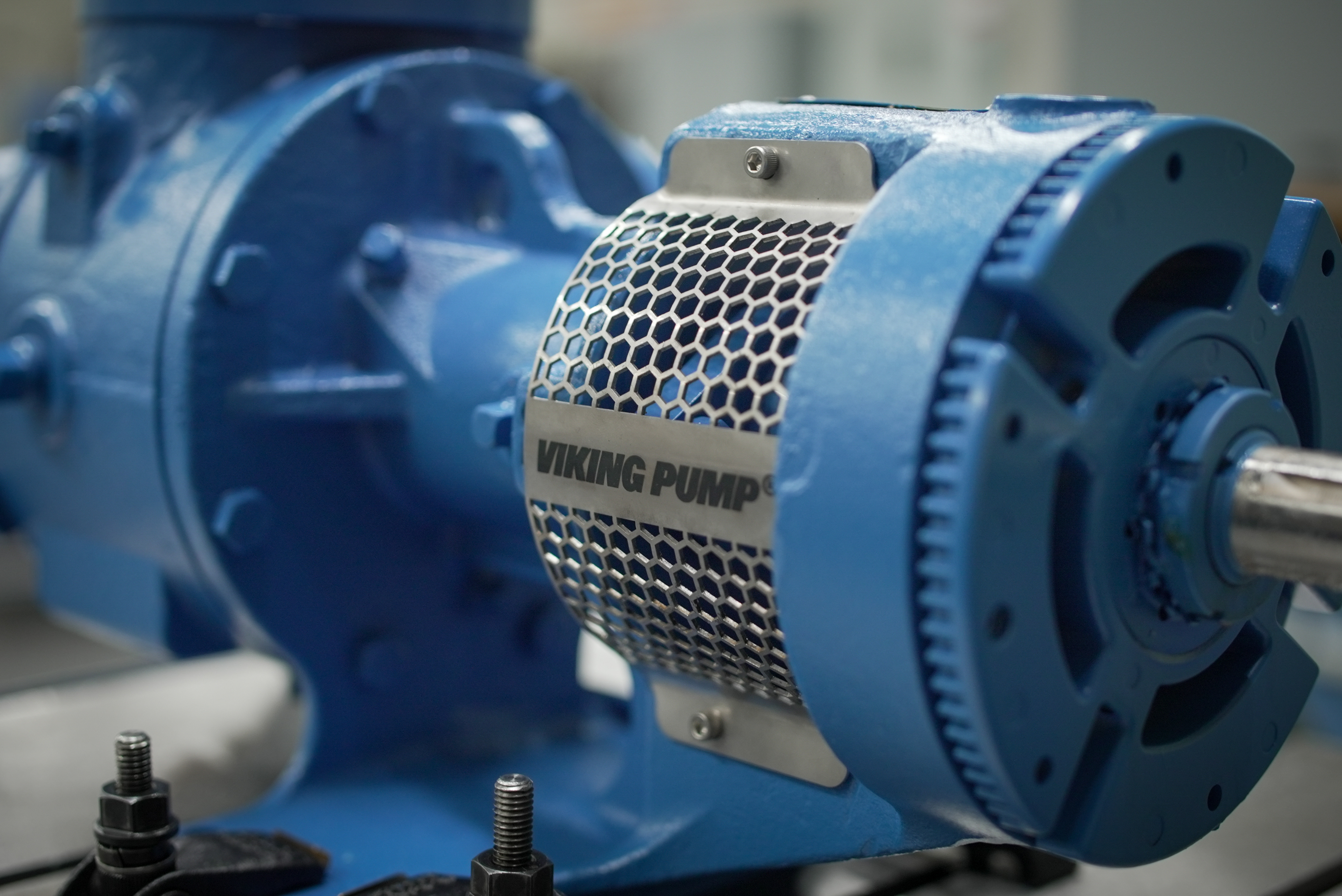
Viking Pump Industrial Tests New Modular Design at Stepan Company’s UK Facility
A loyal customer of Viking Pump® for 15 years, Stepan agreed to beta-test one of the latest pumps from our new Universal Product Line (4227C Series™) at their UK chemical manufacturing plant. Michael Smith Engineers is the local Viking Pump distributor, who initially approached Stepan as a likely pilot candidate due to a longstanding supplier-buyer relationship. Together, they set up the trial to demonstrate how...



